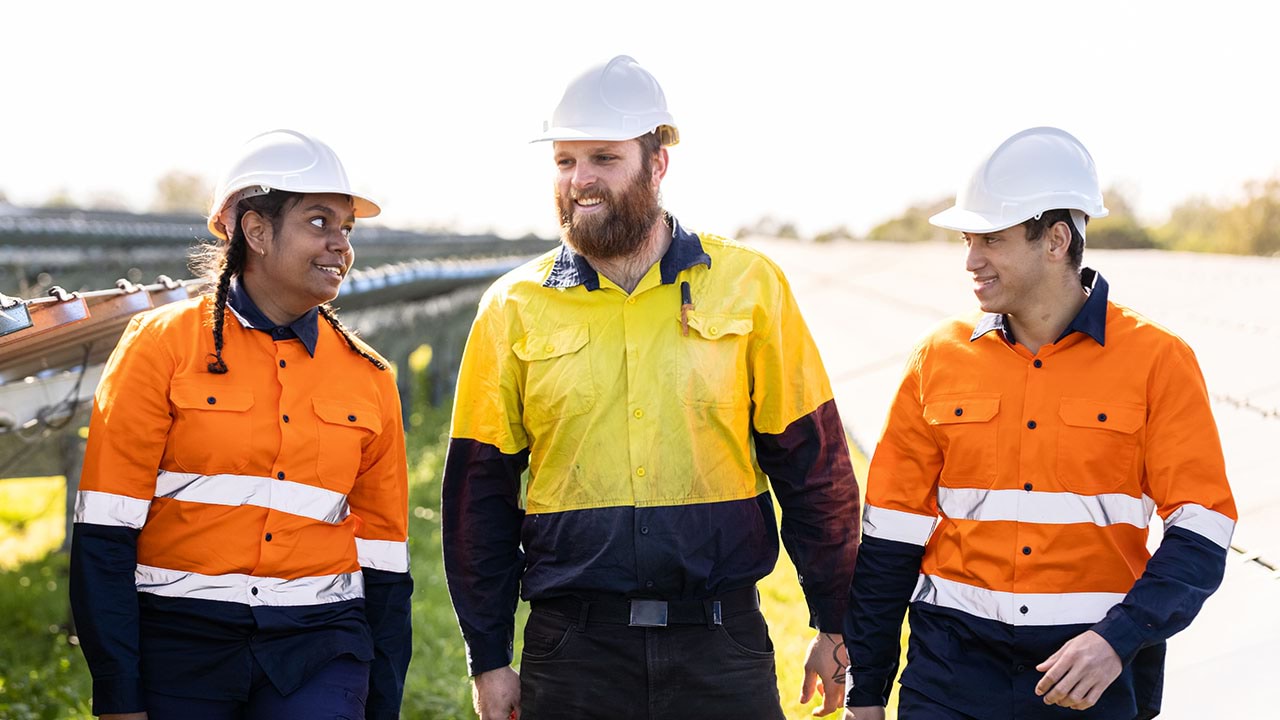A factory production manager oversees production in a factory. They manage timelines, budgets and staff to ensure quality and safety.
Find out what a factory production manager does and the related Vocational Education and Training (VET) courses and pathways you can take to secure a job.
What is a factory production manager?
As a factory production manager, you will ensure goods meet standards and are produced on time.
In this role you will:
- track budgets, labour and output
- maintain equipment safety
- ensure health and safety for staff
- keep records and reports.
This is a job for delivery-focused people with great attention to detail.
Find out more about factory production managers and these related jobs on the Victorian Skills Gateway(opens in a new window):
- customer service manager(opens in a new window)
- engineering production worker(opens in a new window)
- supply and distribution manager(opens in a new window).
Related training courses
Explore these related TAFE and training courses on the Victorian Skills Gateway(opens in a new window):
- business(opens in a new window)
- competitive systems(opens in a new window)
- factory production management(opens in a new window)
- logistics(opens in a new window)
- supply chain operations(opens in a new window).
You may be eligible for government funding to help pay for your course.
Median salary
The median weekly earnings for production managers in Australia is $2,588.
Source: Jobs and Skills Australia(opens in a new window)
Note this salary is current as of January 2025 and is indicative only. A range of salaries apply to different roles across the industry.
Job demand in Victoria
Below are the projected employment projections for production manager jobs in Victoria. Figures show the number of workers in 2024 and the new workers expected to enter the workforce by 2027 and 2034.
‘New workers expected’ accounts for workers adding new jobs to the economy and replacing retirees over the next 3 and 10 years. These projections are estimates only. There will be additional jobs available as people move between jobs and industries.
Specific data is not available for factory production managers.
| Region | Workers 2024 | New workers expected by 2027 | New workers expected by 2034 |
|---|---|---|---|
| Victoria | 18,218 | 2,113 | 5,731 |
| Melbourne – inner metropolitan | 2,033 | 274 | 803 |
| Melbourne – inner south-east metropolitan | 644 | 68 | 189 |
| Melbourne – southern metropolitan | 3,977 | 461 | 1,162 |
| Melbourne – northern metropolitan | 2,700 | 340 | 946 |
| Melbourne – eastern metropolitan | 2,955 | 300 | 779 |
| Melbourne – western metropolitan | 2,336 | 356 | 974 |
| Ballarat and surrounds (Central Highlands) | 456 | 48 | 129 |
| Bendigo, Echuca and surrounds (Loddon Campaspe) | 549 | 43 | 129 |
| Geelong, Colac and surrounds (Barwon) | 696 | 89 | 217 |
| Gippsland | 598 | 52 | 156 |
| Horsham and surrounds (Wimmera Southern Mallee) | 107 | <10 | 17 |
| Mildura, Swan Hill and surrounds (Mallee) | 208 | 11 | 38 |
| Shepparton, Seymour and surrounds (Goulburn) | 314 | 22 | 64 |
| Wangaratta, Wodonga and surrounds (Ovens Murray) | 413 | 31 | 91 |
| Warrnambool, Hamilton and surrounds (Great South Coast) | 231 | 12 | 37 |
Source: Victorian Skills Authority Employment Projections Dashboard
Resources to plan your next steps
Visit our manufacturing industry profile to find out about:
- what it’s like to work in manufacturing, and some of the jobs you could do
- training and skills to work in the industry, and financial assistance to help pay for your course
- help getting a job in manufacturing, and industry job projections for Victoria
- other free resources and advice to plan your training and career.
Explore growing industries in your region
Updated



